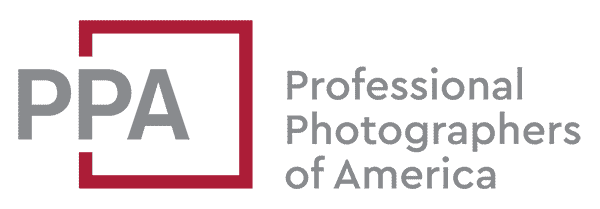The Nikon D810 has a native ISO range from ISO 64 to ISO 12800.
You can go a little lower and higher than that into what’s known as extended ISO, which goes beyond the native capabilities of the sensor hardware to ranges boosted by software. In the extended range, you can go down to the equivalent of ISO 32 (LO-1) and up to ISO 51,200 (HI+2).
All of the photos here are focused on the high end of the ISO range. I’ve posted a separate selection of more general Nikon D810 sample images.
“High ISO” is, of course, subjective. For the purposes here, I’m treating it as ISO 6400 and above.
- 36.3MP FX-Format CMOS Sensor
- EXPEED 4 Image Processor
- Native ISO up to 12800
- Extended ISO up to 51200
- 5-fps Shooting at Full Resolution
- 14-Bit RAW Files and 12-Bit RAW S Format
I shot all of these in RAW. I’ve processed them in Lightroom, but I haven’t applied any of Lightroom’s noise reduction tools (or applied other noise reduction apps, for that matter). And because these are processed from the RAW files, they don’t use any of the camera’s built-in noise reduction algorithms that are applied to JPG images straight out of the camera.
Sample Images Taken at High ISOs with the Nikon D810
I’ve included the ISO for each image in its caption.


























Fixing Image Quality Problems in Editing
UPDATE: In April 2023, Adobe released an update to Lightroom Classic that added new AI-powered noise reduction for RAW files. It’s a powerful tool that rivals some of the dedicated apps below. If you’re already using Lightroom Classic for your image editing and organization, it’s well worth trying out first—look for the Denoise tool under the Detail panel.
Fixing Image Noise & High ISO Artifacts
- DxO PureRAW 4. Like Lightroom Classic’s Denoise tool, it only works on RAW files. It has become my go-to app for this kind of thing. I’m consistently amazed at how it can rescue photos with otherwise dodgy image quality from noise. It can also help with lens distortion, lens vignetting, and lens softness.
- DxO DeepPrime. This is the noise-only offering using the same denoising technology as PureRAW.
- Topaz Labs’ DeNoise AI. This is another excellent option for specialized denoising. It works alongside Lightroom or as a standalone app.
Fixing Lens-Related Optical Issues
- DxO PureRAW. Again offers an impressive suite of automatic fixes that are applied before you start editing the images.
- DxO ViewPoint. Correcting for lens distortion and geometry skews. Lightroom Classic and Capture One also have excellent built-in tools for this.
- Topaz Labs Sharpen AI. In addition to standard unsharp tools, it includes focus correction and shake reduction.
Price & Availability of the Nikon D810 DSLR
The D810 has been discontinued, and it has become harder to find new copies. It was replaced by the D850. But D810s do turn up, and sometimes at very good prices.
Buy New
Check the current price and availability at:
- 36.3MP FX-Format CMOS Sensor
- EXPEED 4 Image Processor
- Native ISO up to 12800
- Extended ISO up to 51200
- 5-fps Shooting at Full Resolution
- 14-Bit RAW Files and 12-Bit RAW S Format
Buy New
They’re also relatively easy to find on the used market. Good places to check include:
More to Check Out
If you enjoyed this, these might also be of interest:
Images and product information from Amazon PA-API were last updated on 2024-05-17 at 15:34. Product prices and availability are accurate as of the date/time indicated and are subject to change. Any price and availability information displayed on Amazon Site at the time of purchase will apply to the purchase of this product.





